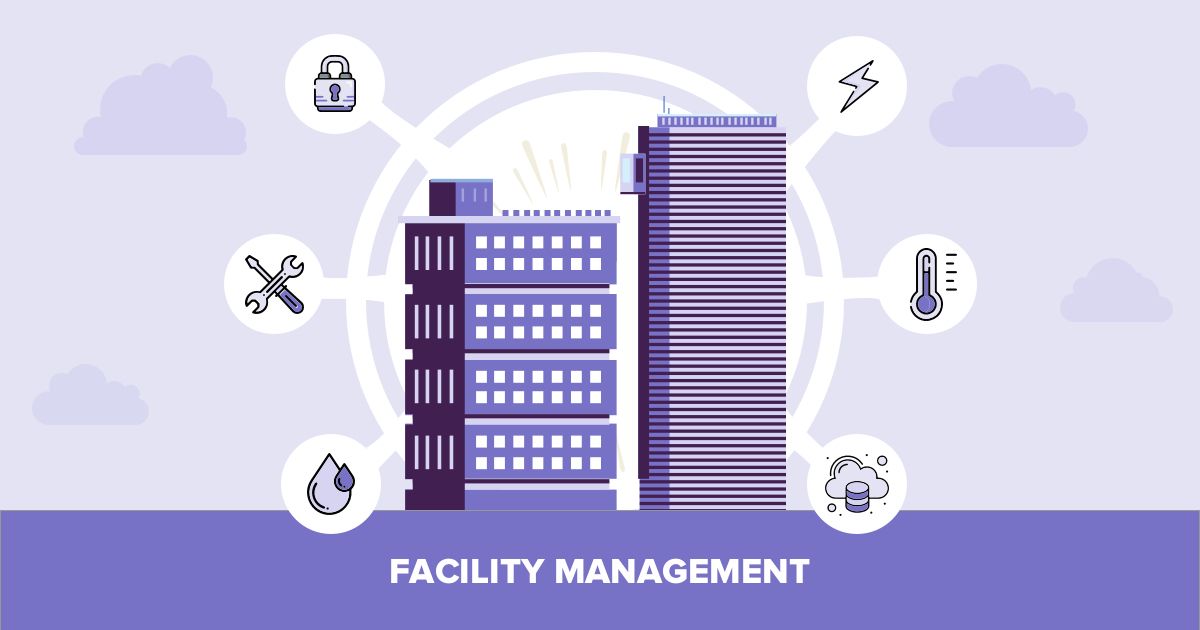Introduction:
Budgeting and the rational use of resources are the critical components of a successful plan of facility management. As costs continue to rise concerning running and maintaining various facilities, organisations are forced to take measures in order to manage their costs while at the same time filing the facilities for optimal performance. Within the framework of this blog post, it is essential to identify the primary tactics which the facility managers could follow in order to increase their chances of attaining the preferable results within the sphere of budgeting and cost efficiency.
1. Conduct a Comprehensive Facility Audit:
The first and essential step in the process of any expense reduction plan is an assessment of the facility. This will come in handy when carrying out this assessment as it will assist in determining the current position of the facility, the problems that exist and therefore come up with a list of issues critical in cost saving. Measures are as provided below: The efficiency of using energy resources should be assessed, as well as the maintenance standards for equipment and tools and the inventory replenishment procedures. Forecasting and comparison of the prior trends and the industry standards revealed some loopholes that can be addressed.
2. Prioritise Preventive Maintenance:
When it comes to the question of enhancing the amount of savings, one may point out that the rational approach is the use of a preventive maintenance plan. Proactive assessments, maintenance, and timely repairs help to avoid major emergencies and also can save the company’s assets. When potential issues are being thought of at the initial stage, the level of unplanned downtime will be greatly lowered, repair costs will not be very high, and replacement costs will also be significantly prevented.
3. Implement Energy-Efficient Solutions:
It is considered that energy costs occupy a considerable share of expenses in the functioning of a facility. Conducting measures like updating to LED lights, enhancing proper heating and cooling of a building, or and making use of smart building management can be very costly initially but create significant savings in the long run. Carry out an assessment of the energy efficiency, incorporate natural light and air, and acquire technologies to control and regulate the usage of energy.
4. Optimise Space Utilisation:
The space usage determines the overall cost of operation in the organisation. Compare the occupancy levels to assess work-flow characteristics and determine possible ways of redesigning space utilisation. Identify and cluster similar activities, support employees’ work options and apply space management tools to assess usage of resources optimally. Optimising the space also leads to minimisation of expenses on real estate while at the same time improving productivity through efficiency of the existing space.
5. Seek Vendor Partnerships and Competitive Bidding:Seek Vendor Partnerships and Competitive Bidding:
Developing a good relationship with the vendors or suppliers will enable one to negotiate for lower prices or obtain some discounts. Do a periodic check of contracts with vendors and look out for feasible bids to get the best price you can in the market. On the same note, supplier consolidation can also aid in eliminating redundant procurement procedures and hence cut on administrative costs.
Conclusion:
Management of financial resources is a critical element of effective facility operation, specifically, the strategic expense control. To illustrate, thorough facility auditing, following the preventive maintenance policies, concern to energy consumption, efficient space utilisation, and choosing the right vendors and suppliers are also cost-effective and will not lead to quality and performance reduction. Implementation of these strategies will not only improve cash flow and financial viability of the situation but will also improve efficiency and sustainability of the facility’s systems.





Leave a Reply